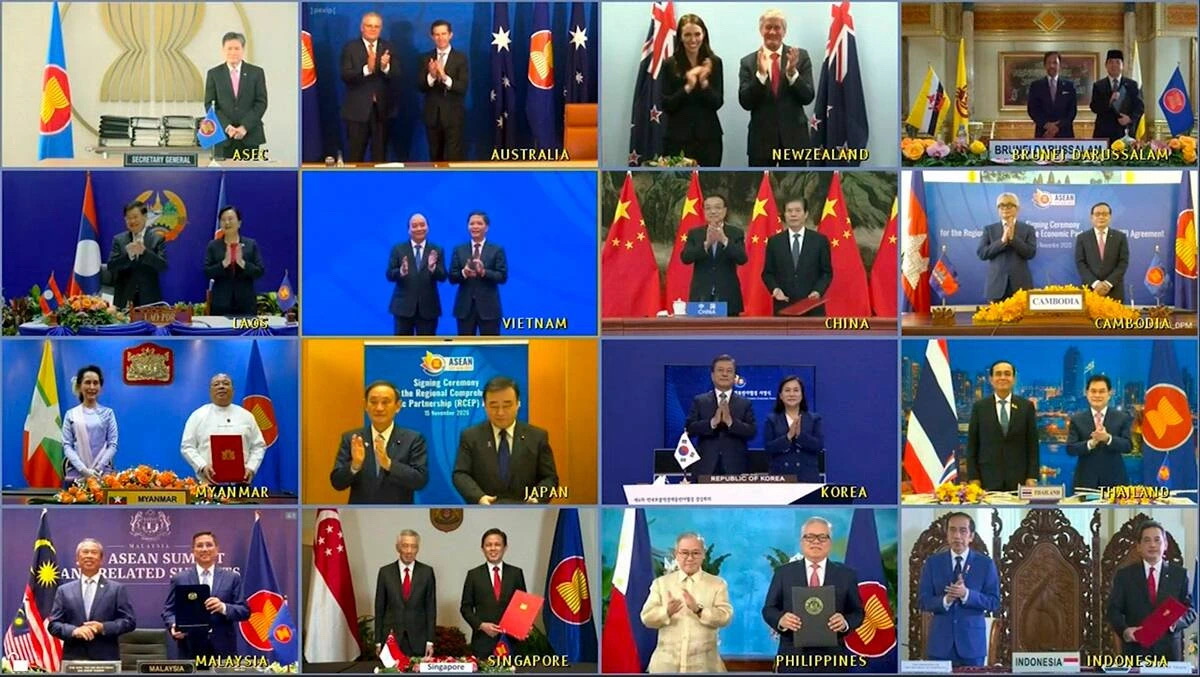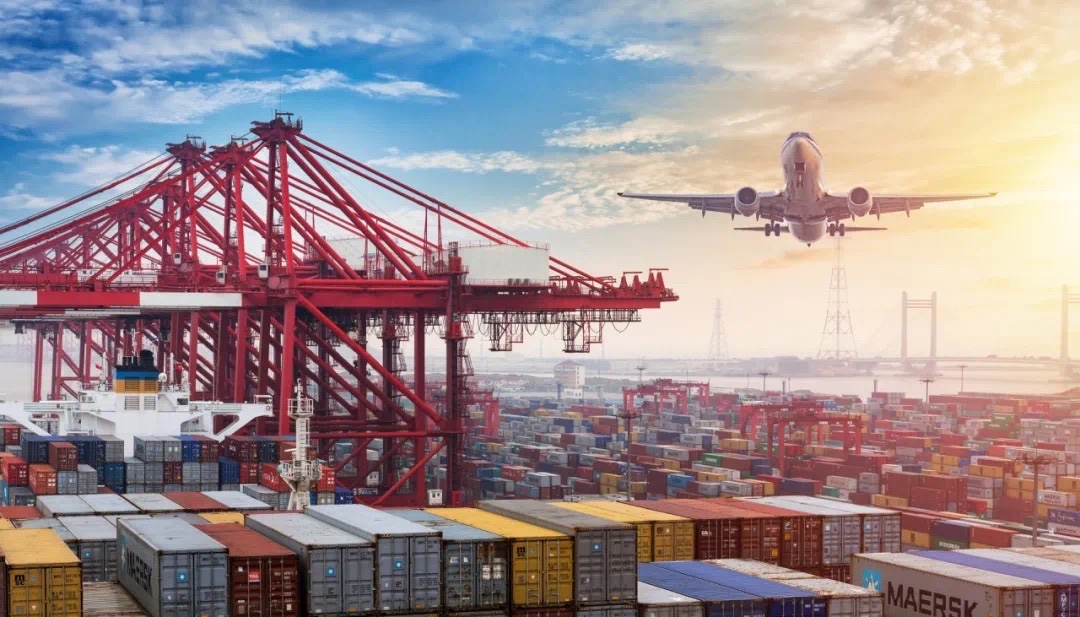Breaking News! China Join The World’s Largest Free Trade Area

On Nov. 15th, 2020, a total of 15 countries, including China, Japan, South Korea, Australia, New Zealand, and the ten ASEAN countries (Indonesia, Malaysia, Philippines, Thailand, Singapore, Brunei, Cambodia, Laos, Myanmar, Vietnam), have signed the Regional Comprehensive Economic Partnership Agreement (RCEP) through video. After 8 years of arduous negotiations, the Asia-Pacific RCEP organization has finally established.
What are the benefits for export & import trade after the establishment of RCEP?
“01” - The World's Largest Free Trade Area
Cover the largest population: 2.2 billion, accounting for 30% of the world.
The highest GDP: Total US$25.6 trillion, occupying 29.3% of the world.
The most trade volume: US$10.4 trillion, taking up 27.4% of the total global trade.
“02” - The Total Quantity of Duty-free Products Will Exceed 90%
After the agreement comes into effect, over 90% of the products trade in regional countries will eventually achieve zero tariffs, which will be reduced to zero immediately or within 10 years.
Besides, RCEP improves the convenience of regional trade, especially simplifying customs clearance procedures which adopt efficient management methods such as Preliminary rulings, pre-arrival processing, and using information technology.

“03” - China & Japan Reached Tariff Reduction Arrangement for The First Time
For the first time, China and Japan establish a duty-free agreement on free trade area, achieving a historic breakthrough. The duty-free products between both will be 86%.
“04” - Deepening The Internationalization of RMB
As RCEP continues to deepen, more ASEAN countries and regions will choose to use RMB for dealings, and the function of RMB as investment and currency reservation will become increasingly prominent.
“05” - Benefit for Cross-border E-commerce
Reducing or even eliminating the risk of postal parcel tariffs.
Lowering the cost of raw materials.
Reducing the exchange risk of enterprises due to acceleration of the RMB internationalization.
Lowering the costs of overseas logistics and warehouse construction.
“06” - Convenient for Chinese Companies to Build Factories Overseas
China can transfer its own highly competitive manufacturing capacity to other regional countries, and concentrate its limited domestic production resources on industries with higher added value and higher technological content to promote the transformation and upgrading of domestic industries.

.png?imageView2/1/w/600/h/300)



